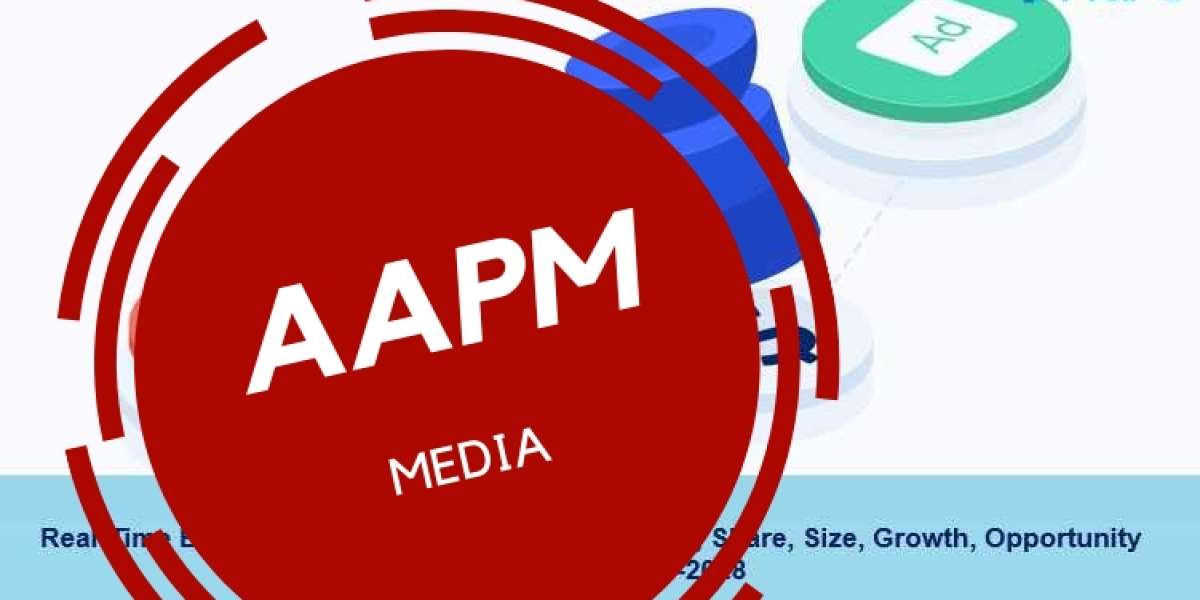The legal debt settlement process is a structured approach to negotiating with creditors to reduce the total amount owed by a debtor. It involves reaching an agreement on a lesser amount that the debtor can afford to pay, typically in a lump sum or through a structured payment plan. While the legal debt settlement process can provide relief to individuals facing financial hardship, it's important to understand the key steps involved:
1. **Financial Assessment:**
- Before initiating the legal debt settlement process, the debtor needs to conduct a thorough assessment of their financial situation. This includes a detailed analysis of income, expenses, assets, and liabilities. Understanding one's financial standing is crucial for determining a realistic settlement offer.
2. **Consultation with a Debt Settlement Attorney:**
- Engaging a debt settlement attorney is often a critical first step. A qualified attorney can provide legal advice, assess the viability of debt settlement based on the debtor's specific circumstances, and guide them through the entire process.
3. **Cease Communication with Creditors:**
- Once a debt settlement attorney is involved, they may advise the debtor to cease direct communication with creditors. Instead, the attorney becomes the point of contact, helping manage negotiations and ensuring that the debtor's rights are protected under applicable laws, such as the Fair Debt Collection Practices Act (FDCPA).
4. **Establishing a Trust Account:**
- In some cases, debtors may be advised to set up a trust account specifically for the purpose of accumulating funds to settle debts. This account is usually managed by a third-party administrator, and funds accumulate until there's a sufficient amount to make settlement offers.
5. **Negotiation with Creditors:**
- The debt settlement attorney negotiates with creditors to reach a mutually acceptable settlement. This involves proposing a reduced lump-sum payment or a structured payment plan. Creditors may accept the offer if they believe it's a reasonable compromise compared to the risk of the debtor defaulting or filing for bankruptcy.
6. **Formal Settlement Agreement:**
- Upon reaching a negotiated settlement, a formal written agreement is drafted. This agreement outlines the terms of the settlement, including the reduced amount, payment schedule, and any conditions agreed upon by both parties. Both the debtor and the creditor must sign the agreement.
7. **Payment of Settled Amount:**
- Debtors are required to fulfill the terms of the settlement agreement by making the agreed-upon payments. If the settlement involves a lump-sum payment, the debtor may need to provide the funds promptly. For structured settlements, regular payments are made until the debt is satisfied.
8. **Confirmation of Debt Satisfaction:**
- Once the settled amount is paid in full, the creditor confirms the satisfaction of the debt in writing. This confirmation serves as evidence that the debtor has fulfilled their obligations, and it may be crucial for the debtor's credit report.
It's important to note that legal debt settlement has potential drawbacks, including the impact on the debtor's credit score and the possibility of tax implications for the forgiven debt. Individuals considering debt settlement should seek legal advice and thoroughly understand the consequences before proceeding with this approach. Additionally, debt settlement practices may vary by jurisdiction, so it's essential to be aware of the applicable laws and regulations.
Search
Popular Posts






